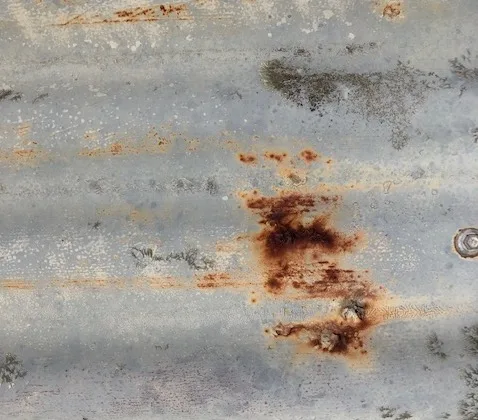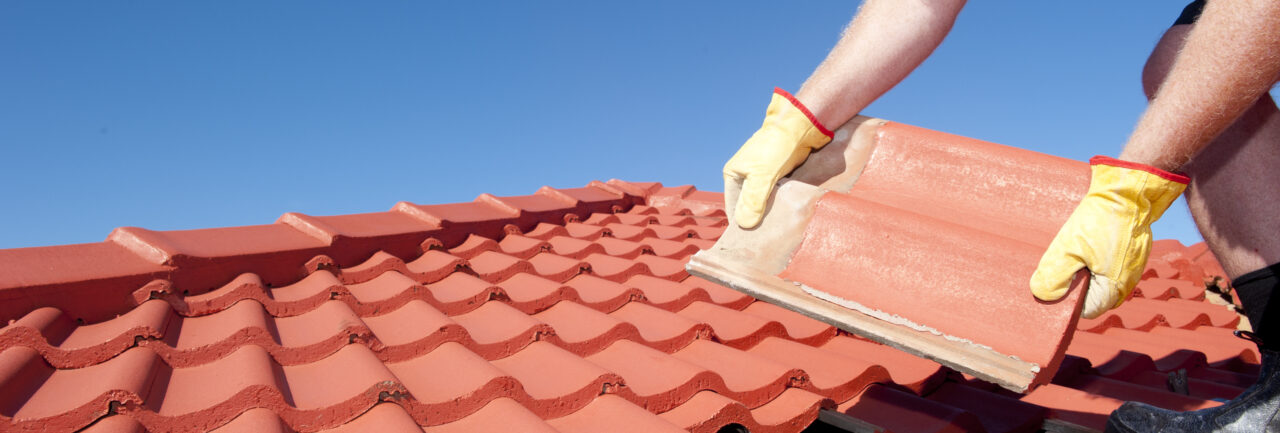If you’ve lived in an older Brisbane home or you’ve moved more than a few times, there’s probably been a time when you’ve looked up at your roof and thought to yourself, “Can I just repair the roof or does it really need replacing?”
Obviously if you’ve got major storm damage, hail damage or there are structural issues with your roof, it’s likely you’re looking at a roof replacement. But what happens when there’s not a major issue; are you able to repair your roof without replacing it?
The answer to that question is ‘probably’ but it also depends on a few factors and what type of damage you have in your home.
For example, if you have an old corrugated iron roof that has had issues with the roofing screws, water may have gotten into the holes they’ve made. If so, this may have rusted out multiple areas of the roof, and it may be easier to replace the roof than try to salvage rusty, damaged sheeting on your roof. Conversely, if your roof has a few minor leaks and some capping missing, this doesn’t warrant a full roof replacement or new roof installation.
Types of Roof Damage
Let’s explore the different types of common damage we see on Brisbane roofs and the types of services required for that damage.
1. Minor Roof Damage
Often we get calls from customers worried about minor roof damage and if that warrants a full roof replacement. If your roof has minor damage, 99% of the time you will not need a replacement unless you wish to:
- Change your roof from tiled to Colorbond
- Change your roof from Colorbond to tiled
- You’re renovating and wish to replace your roof for aesthetic reasons.
Minor roof damage can include things such as:
Damaged or Cracked Tiles
Damaged or cracked tiles aren’t a huge issue to your home unless there are large gaps in your tiles or the cracks are considerable in size and letting in water into your ceiling. Most of the time we’re able to replace cracked tiles with either the tiles you have around your home (often people have spare tiles from the original roof build). If you don’t have any tiles available to use, we’re able to provide replacement tiles for you. However, it’s worth noting that sometimes on older roofs, it’s difficult to match colours due to age and wear on the original tiles – or slight colour variations over the years by the manufacturers.
Cracked or Missing Capping
Roof capping is what sets your tiles in place and without this, your tiles may move. Cracked or missing capping isn’t usually a huge issue for most homes. However, it’s of concern if most of the capping is coming off or missing as a roof with loose or lost capping is at risk of blowing off in storms or high winds.
Visible Leaks or Watermarks on Your Ceiling
If there are visible leaks in your roof it’s likely you have an issue with your flashing. This certainly doesn’t require a full roof replacement, but there’s the possibility water will cause considerable damage to the structure of your roof if it’s allowed to leak in over an extended period of time.
If your roof supports are damaged by mould and rot, there’s a chance your flashing repair can turn into a full roof replacement, dependent of the level of damage.
Hail Damage on Metal Roofs

Minor hail damage to your roof is not in itself of major concern, however, it’s important to keep an eye on significant hail dents as they can cause water to pool and leak through any microcracks in the roof paint. This will then cause water to get into the metal and eventually result in rust damage.
As we mentioned, it’s not something that requires a roof replacement or even roof sheeting replacement, but it’s something to check when cleaning your gutters.
2. Mid to High-Level Damage
Often low level or minor damage to roofs isn’t always visible, however, if you’re dealing with mid to high-level damage on your roof, you will certainly be able to identify if visually. Mid to high level damage may includes things such as:
Loose Sheeting on a Colorbond or Corrugated Iron Roof
Loose sheeting doesn’t typically become an issue until your home experiences high winds or a violent storm. Unfortunately high winds in Brisbane typically occur during storms, so it’s likely if a sheet is going to come loose, it will be during heavy rain. If the sheeting comes loose, bends, twists, or comes completely away, there’s a good chance you will have serious water damage in your roof. It’s also a safety issue if your metal roof sheeting comes off at high speeds and flings itself around your suburb.
Rusted or Missing Screws in Metal Roofing
If the screws holding down your metal roof are rusted out or missing, this may cause water to get into your ceiling and eventually loosen your roof sheeting. Again this is a risk during high winds or violent storms.
Animal Damage
Most Brisbane residents have spent a sleepless night thanks to a possum running around in the roof! Possums don’t usually do too much damage, but if they’re left to nest and make a home in your roof (along with other animals like rodents, bats and birds) the damage can really mount up.
3. Major Roof Damage

If you’ve got major roof damage it’s likely you’ve either weathered a fairly nasty storm or you’ve had some structural damage due to building issues or something hitting your house (car, building equipment, etc.) or there has been movement in the earth below your home.
If there’s a major issue with your roof, it’s likely going to need considerable repair or replacement. You will know if your roof has major damage; it’s easily visible and obviously something that requires a professional roofer.
If you’d like to speak with a professional Brisbane roofing company feel free to call us on 0421 460 580 and we’d be more than happy to speak with you about your requirements.



